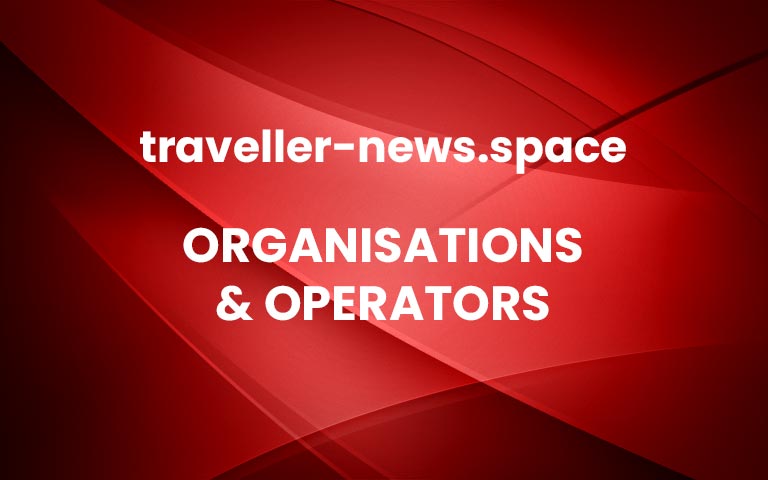WTM London welcomes new tourism minister as ties with UK government strengthen
Stephanie Peacock, recently named as the new minister in charge of tourism, will-be on-site at Excel London for the opening day of this year’s World Travel Market (WTM) London, the world’s most influential travel and tourism event. Peacock’s days begins as part of the official opening ceremony for WTM London 2025, taking place on Tuesday […] More


